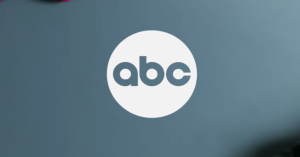The possible DDoS attack on Monday may be responsible for outages for both social media and cellular providers. As more information is needed to assess the situation truly — and some already have their doubts — it does recall the massive DDoS attack Amazon dealt with back in February.
That incident is known as a CLDAP (Connection-less Lightweight Directory Access Protocol) reflection-based attack, which at the time was aiming to take down the web giant’s cloud services. The attack, which spanned three days, also turned out to be 44 percent larger than anything the cloud provider had seen before, as it noted in its first-quarter Threat Landscape Report, per Computer Business Review. The company didn’t cite any clear motives but did note that attacks spiked when attackers would discover a new vector. While February’s attack ultimately proved unsuccessful, the company wasn’t as fortunate back in October.
Videos by PopCulture.com
DDoS attacks are generally used to overwhelm a website or online service, making them inaccessible. However, reflection-based attacks themselves send requests to a third-party server and use a fake IP address to do so. Amazon offered some greater detail in the report, specifically noting that “the motivation of an attacker can vary.”
“Individual interactions may result from an attacker with a specific goal that related to the targeted application,” the report read, in part. “The higher volume interactions are motivated by control of computer and network resources at scale for purposes like cryptocurrency mining, DDoS attacks, or data exfiltration. The frequency of interaction with an application depends on factors like its prevalence on the Internet, availability of unpatched RCE vulnerabilities, and the likelihood that application owners have effectively restricted access to those applications.”
So far, the biggest companies that appear to be impacted by Monday’s events are T-Mobile, as well as Facebook, Instagram and Twitch. Twitter, however, appeared to be unaffected and served as the perfect outlet for people to vent their frustrations at all of the above. There were also a handful of people who drew parallels between the unfolding theories and the plot to 2007’s Live Free or Die Hard. The fourth film in the Die Hard franchise pairs Bruce Willis’ John McClane with Justin Long’s Matt Fowly, a hacker who helps track down a gang of cyber-terrorists who are bent on eroding U.S. infrastructures.









